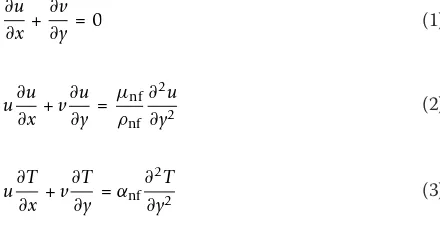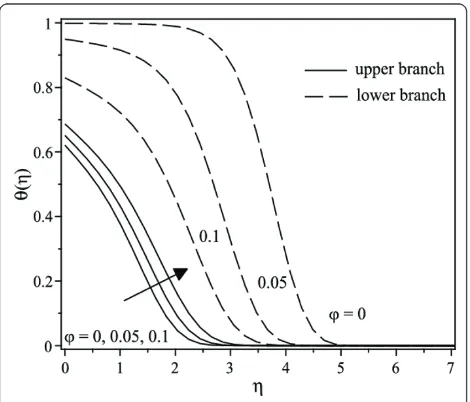Boundary layer flow past a stretching/shrinking surface beneath an external uniform shear flow with a convective surface boundary condition in a nanofluid
Full text
Figure




Related documents
Comparison of the accuracy measures (hourly bias, RMSE and correlation coefficient, daily maximum and maximum of the daily eight-hour ozone mean RMSE) for the reference run and for
This paper presented a deterioration model that integrates the effects of chloride-induced corrosion, climate change and cyclic loading for RC structures.. The total
antecedents of trust in B2B financial services in the context of Arab/Muslim culture, examining the relationships between Emirati and non-Emirati bankers and their business clients
EGF: epidermal growth factor; FGF: fibroblast growth factor; VEGF: vascular endothelial growth factor; PDGF: platelet‑derived growth factor; RCC: renal cell carcinoma;
PI3K converts phosphatidylinositol-4,5-biphosphate (PIP2) to phos- phatidylinositol (3,4,5)-triphosphate (PIP3) which activates phosphoinositide-dependent kinase (PDK) [48]. AKT
The former was calibrated by consid- ering a perfect model test where a single model is treated as truth and its historical simulation output is treated as obser- vations,
During cancer progression, tumor cells interact with the surrounding environmental components such as normal cells, immune cells or therapeutic agents that have
Time trends of mortality rates in the Swiss population aged 75 – 84 years for selected causes of death, accounting for the change in official cause of death coding policy..
